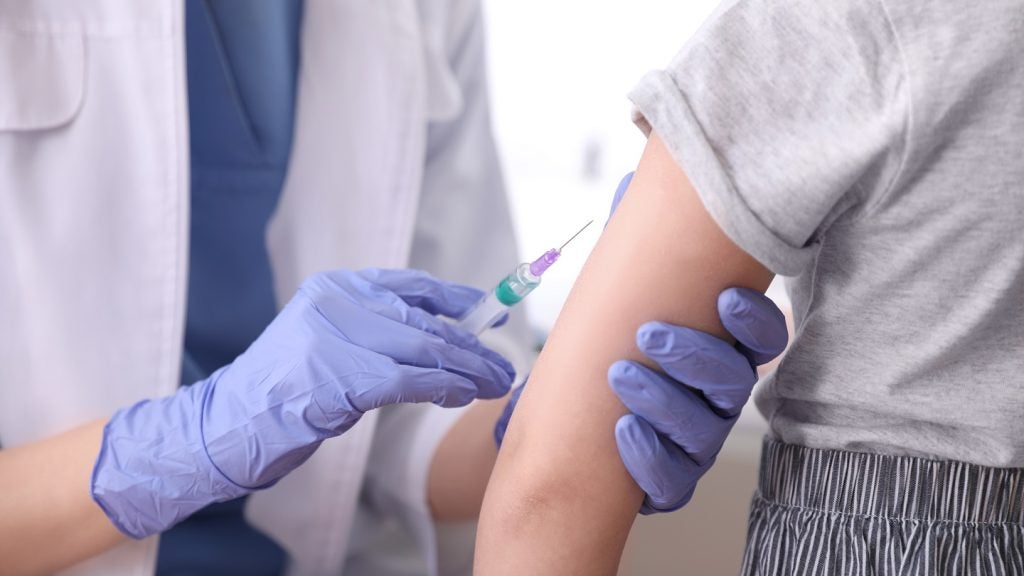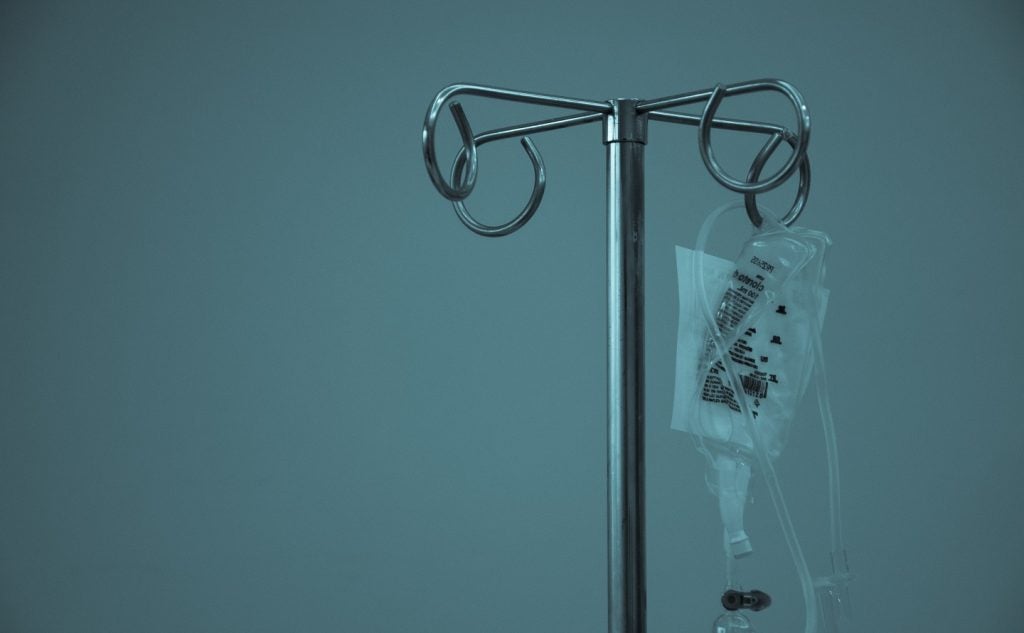In most statistics of nosocomial infections, Surgical Site Infections (SSIs), together with urinary and respiratory tract infections, are the most frequently found infections. SSIs make up 14%–28% of all nosocomial infections, and the US Center for Disease Control and Prevention estimates there are 500,000 SSIs in the USA each year.
SSIs cause considerable mortality, morbidity and additional healthcare costs. In a French survey by Astagneau, the mortality in patients without an SSI was 1.3%, while it was 5.8% for those with an SSI. In this study, 38% of deaths of patients with an SSI were directly related to postoperative infection.
Similar results were published in a recent UK survey, which reported significantly higher mortality in patients with deep incisional and organ / space SSIs and who had undergone vascular surgery, hip prosthesis and colon surgery. Furthermore, this report described an increased morbidity in patients suffering from an SSI. Not surprisingly, patients suffering from SSIs were reported as being transferred to intensive care units more often than those without an SSI.
The increased morbidity due to SSIs also accounts for additional financial costs in these patients. In the UK survey, additional costs attributable to SSIs after, for example, limb amputation were calculated at £6,103 per patient.
The higher costs were not only caused by the prolonged hospital stay and the need for a more intense and expensive therapy, but also by the need for longer outpatient wound care after discharge from hospital.
See Also:
RISK FACTORS
How well do you really know your competitors?
Access the most comprehensive Company Profiles on the market, powered by GlobalData. Save hours of research. Gain competitive edge.

Thank you!
Your download email will arrive shortly
Not ready to buy yet? Download a free sample
We are confident about the unique quality of our Company Profiles. However, we want you to make the most beneficial decision for your business, so we offer a free sample that you can download by submitting the below form
By GlobalDataSeveral risk factors for the development of SSI have been described. Rates of SSI are significantly lower after minimally invasive procedures. Smaller local incisions for access to the operation site and the less traumatic procedure may explain this fact. Minimally invasive surgery is a less traumatic and less immuno-compromising operative procedure, and therefore has less chance of causing SSI.
However, a variety of patient-dependent risk factors have also been described. These include patient characteristics such as the ASA score, the duration of surgery, wound class or contamination grade, underlying diseases or conditions such as diabetes, malnutrition, post-operative anaemia, immunosuppression, hypoxemia, as well as tobacco use and steroid medication.
The contamination grade of a surgical procedure is uniformly accepted as a significant factor influencing the development of SSIs, and these vary considerably.
Hernia repair is an extensively studied surgical procedure, where Taylor et al reported a rate of 5.3% of SSI in a survey of patients who had been operated on in 32 Scottish hospitals.
Laparoscopic procedures, specifically laparoscopic inguinal hernia or incisional hernia repairs, have much lower incidences of SSIs, with rates of 1% and lower.
Breast surgery is a typical example of clean surgery. Studies reveal an SSI incidence of 1%–2% after breast resection.
Liver transplantation is a high-risk operation, not just with respect to SSI. Patients undergoing transplantation are at multiple risks of the development of post-operative infections, especially due to their immunosuppressive medication.
In vascular patients in particular, MRSA infection is an emerging problem in some countries and hospitals. A report by Taylor and Napolitano confirmed that gram-positive germs were the leading cause of infection, MRSA being the single most prevalent organism.
CONTROL MEASURES
Infection surveillance is thought to be the most important
preventive measure for post-operative control of SSI. Several guidelines and scores for surveillance have been published, among them the National Nosocomial Infection Surveillance (NNIS) of the US Centre of Disease Control. This guideline includes a risk index calculated from patient characteristics (such as the ASA score), wound class and duration of surgery.
Today, NNIS criteria are considered the most appropriate for the discrimination and prediction of SSIs. Surveillance programmes have been proven to decrease infection rates and the incidence of SSIs.
Minimal invasive surgery is one way to reduce the post-operative infection rate. However, recently, another strategy to reduce postoperative complications has been introduced; short track surgery aims to minimise surgical and post-surgical trauma to patients as much as possible.
Omission of preoperative gut preparation, omission of drains and catheters, maximal limitation of intravenous fluid administration, adapted post-operative pain management with avoidance of intravenous opiates, and immediate post-operative mobilisation and enteral feeding are the cornerstones of this concept. Like minimally invasive surgery, this concept may cause less immunosuppression than conventional open surgery, resulting in a decrease in SSI rates.
A number of other measures can reduce the rate of SSIs. It has been shown in several procedures – for example, colorectal surgery and hip prosthesis – that intraoperative warming and avoiding an intraoperative drop in body temperature results in the reduction of the post-operative infection rate.
A study conducted by the Medical University of Vienna aims to test whether perioperative normothermia by intraoperative warming can reduce the incidence of surgical wound infection and shorten hospitalisation in patients undergoing colorectal surgery. The use of higher oxygenation to reduce post-operative wound infection is another possible SSI countermeasure.
PREVENTION OPTION
Appropriate antibiotic prophylaxis is crucial in avoiding SSIs. Numerous studies have demonstrated the superiority of single-shot antibiotic prophylaxis, which may be repeated after four hours. Obviously, administration of prophylactic antimicrobials in major surgery is suboptimal. Prolonged administration of antibiotic prophylaxis may cause an increase of the resistance rate, a selection of germs and an increase of SSIs.
SSI therapy consists of opening the wound, drainage and necrosectomy if necessary. Deep infections or organ / space infections may be treated by percutaneous drainage if appropriate.
Huge open wound areas are usually the result of superficial and deep wound infections. These wounds are difficult to handle, need frequent changing of wound dressings and restrict the patient.
Vacuum-assisted therapy has been a real advance in treating these wounds. After necrosectomy and the cleaning of surfaces, vacuum-assisted wound management evacuates the wound secretion and induces granulation.







